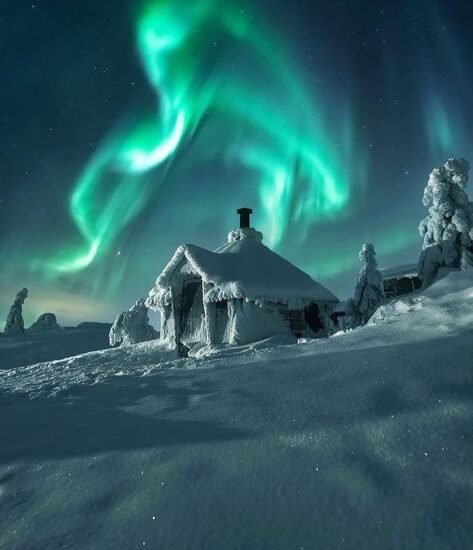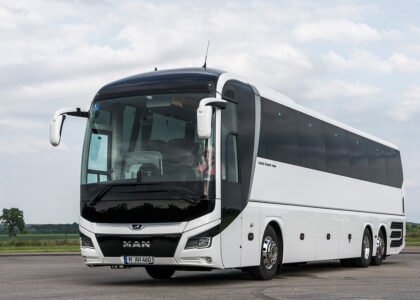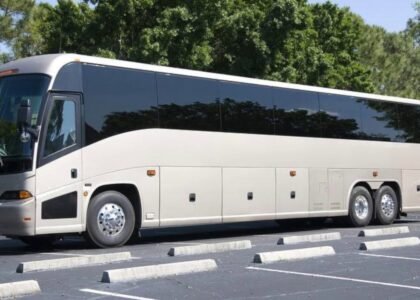If witnessing the Northern Lights is on your bucket list, selecting the right Aurora tour dates is crucial to ensure a successful and unforgettable experience. The awe-inspiring dance of the Aurora Borealis across the sky is not guaranteed every night, and your ability to see it depends heavily on a combination of factors—solar activity, seasonal timing, weather conditions, and geographic location. In this comprehensive guide, we’ll break down each of these elements to help you confidently choose the best dates for your Aurora tour.
What Are the Northern Lights?
The Northern Lights, or Aurora Borealis, are natural light displays caused by the interaction between the Earth’s magnetic field and charged particles from the sun. These lights are typically visible in high-latitude regions near the Arctic Circle. They can appear as green, pink, red, purple, or white streaks dancing across the night sky.
Because this phenomenon depends on solar and atmospheric conditions, proper planning is key to optimizing your chances of seeing them.
1. Understanding Solar Activity and Aurora Forecasts
What Is Solar Activity?
Solar activity refers to the sun’s behavior, including solar flares and coronal mass ejections (CMEs), which release streams of charged particles into space. When these particles hit Earth’s magnetosphere, they cause the spectacular lights we see.
How Does Solar Activity Affect Aurora Tour Dates?
Higher solar activity increases the chances of vibrant and far-reaching auroras. Solar cycles typically last 11 years, with periods of higher and lower activity. The current cycle, Solar Cycle 25, is expected to peak around 2025, making the coming years particularly favorable for aurora chasers.
Aurora forecasts, often measured in Kp-index (on a scale of 0 to 9), indicate geomagnetic activity. A Kp of 5 or above means a good chance of seeing auroras even at lower latitudes.
Tip: Monitor space weather sites like NOAA’s Space Weather Prediction Center or apps like My Aurora Forecast when selecting your Aurora tour dates.
2. Choosing the Best Season for Your Aurora Tour
While the Northern Lights occur year-round, you need dark, clear skies to see them. That’s why certain months are better than others.
Winter (September to March) – Best Time for Aurora Viewing
-
Pros: Long nights, dark skies, snow-covered landscapes.
-
Peak months: September to March, with December through February offering the darkest skies.
-
Cons: Extremely cold temperatures in Arctic regions; weather can be cloudy.
This is considered peak season for Northern Lights tours, with many tour companies in Iceland, Norway, Finland, and Canada offering dedicated packages.
Autumn (Late August to September)
-
Pros: Darker nights begin to return, and the weather is milder.
-
Best for: People who want to avoid harsh winter conditions while still having a good chance to see auroras.
Summer (April to August)
-
Cons: Almost continuous daylight in high-latitude areas, also known as the Midnight Sun.
-
Result: Very low chance of seeing the Northern Lights.
Pro Tip: Schedule your Aurora tour dates between late September and early April to ensure maximum darkness and visibility.
3. Weather Conditions Matter
Even if solar activity is high, clouds can ruin your aurora experience. That’s why weather plays a big role in choosing your Aurora tour dates.
Regions with Favorable Weather:
-
Tromsø, Norway – High aurora activity but also frequent cloud cover.
-
Fairbanks, Alaska – Known for relatively clear skies and high visibility.
-
Yellowknife, Canada – Dry climate with more clear nights than coastal locations.
-
Rovaniemi, Finland – Offers a mix of weather but excellent infrastructure for tours.
How to Check Aurora-Friendly Weather:
-
Look for locations with low precipitation and clear sky forecasts.
-
Choose areas with microclimates (like Iceland), where moving a few miles can make a difference.
Planning Tip: Stay for at least 3 to 5 nights to increase your chances of experiencing clear skies on at least one evening.
4. Best Destinations Based on Tour Dates
Some destinations are better suited for aurora viewing at specific times of the year. Here’s a brief guide:
| Destination | Ideal Aurora Tour Dates | Notes |
|---|---|---|
| Iceland | Mid-September to mid-April | Variable weather, dramatic landscapes |
| Norway (Tromsø) | October to March | High latitude, frequent snow |
| Finland (Lapland) | November to March | Glass igloos and reindeer safaris |
| Sweden (Abisko) | December to March | One of the clearest skies in the Arctic |
| Canada (Yellowknife) | Late August to early April | Dry, clear skies and high success rates |
| Alaska (Fairbanks) | Late August to April | Great combination of clear weather and strong aurora activity |
Final Tips for Picking Your Aurora Tour Dates
-
Check Solar Activity
Follow real-time aurora alerts and forecasts to plan around high Kp days. -
Avoid Full Moon Dates
A bright moon can wash out the lights. Aim for new moon phases or weeks with minimal moonlight. -
Book in Advance
Aurora tours during peak season fill up quickly, especially accommodations like glass igloos or ice hotels. -
Be Flexible
Weather and solar activity are unpredictable. Give yourself a few days of wiggle room. -
Choose a Guided Tour
Local guides increase your chances of finding clear skies and provide insights that DIY travel might miss.
Conclusion
Choosing the perfect Aurora tour dates involves more than picking a month and booking a ticket. By understanding the roles of solar activity, seasonal darkness, and weather conditions, you can strategically plan a Northern Lights adventure with the best possible chances of success. Whether you’re traveling for a romantic honeymoon, a solo bucket-list trip, or a family adventure, proper timing is everything.
So, check the forecasts, pack your warmest gear, and prepare to be mesmerized by one of nature’s most breathtaking shows.






